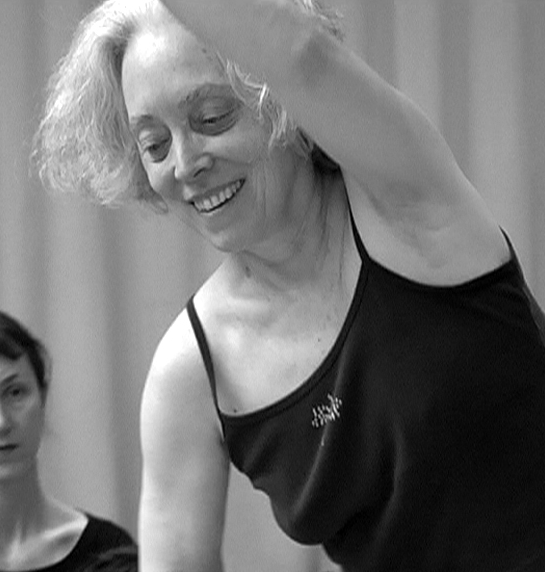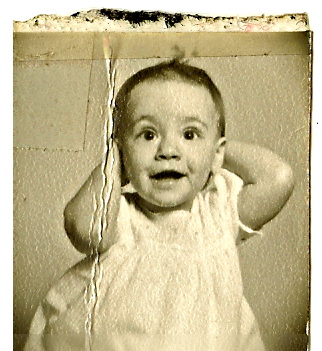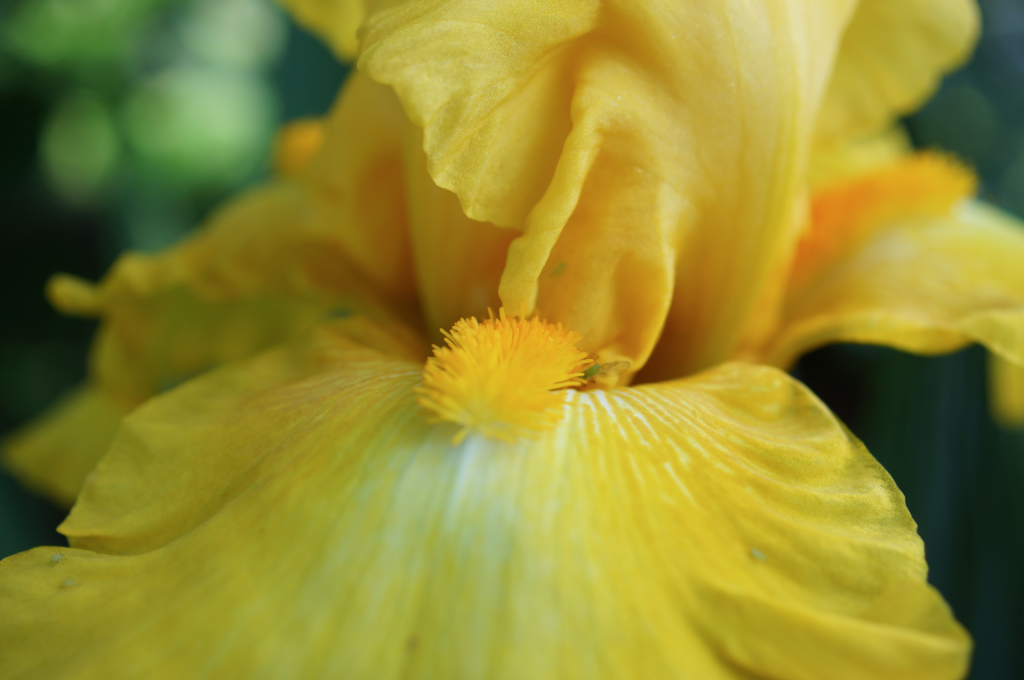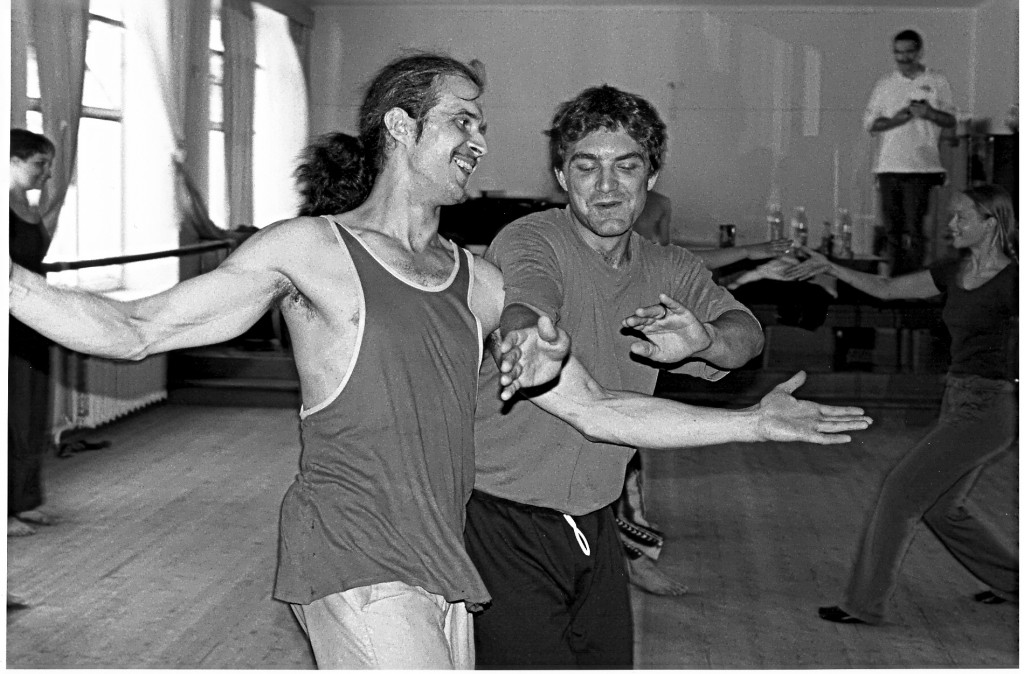I first met Bonnie Bainbridge Cohen in 1980 when I was in the certification program in Laban Movement Analysis in New York. That was my first exposure to her life’s work: Body-Mind Centering. Our paths continued to cross over the past more than thirty years. My last hands on experience with Bonnie was when she helped me to heal from my first hip replacement. With the most exquisitely light touch, she literally rewove the tendon- ligament-muscle-bone-nerve-fluid connections that had been disrupted by the surgery.
Lately, after the birth of my grand daughter, I have become obsessed (again) with Bonnie’s work – especially the infant developmental patterning work. Of course, one thing leads to another. Next I have been exploring her work with organ support for movement in relationship to my riding. And then, sure enough, looking at the skeletal work in relationship to my injured knee. The gifts of Bonnie’s work are endless and continually unfolding. Thank you Bonnie, again and again.
Check out my Facebook page for a few more videos and also a lovely piece on infant development patterning from a BMC group in Holland. And check out the BMC website and YouTube Channel and of course her wonderful book, Sensing, Feeling and Action..



